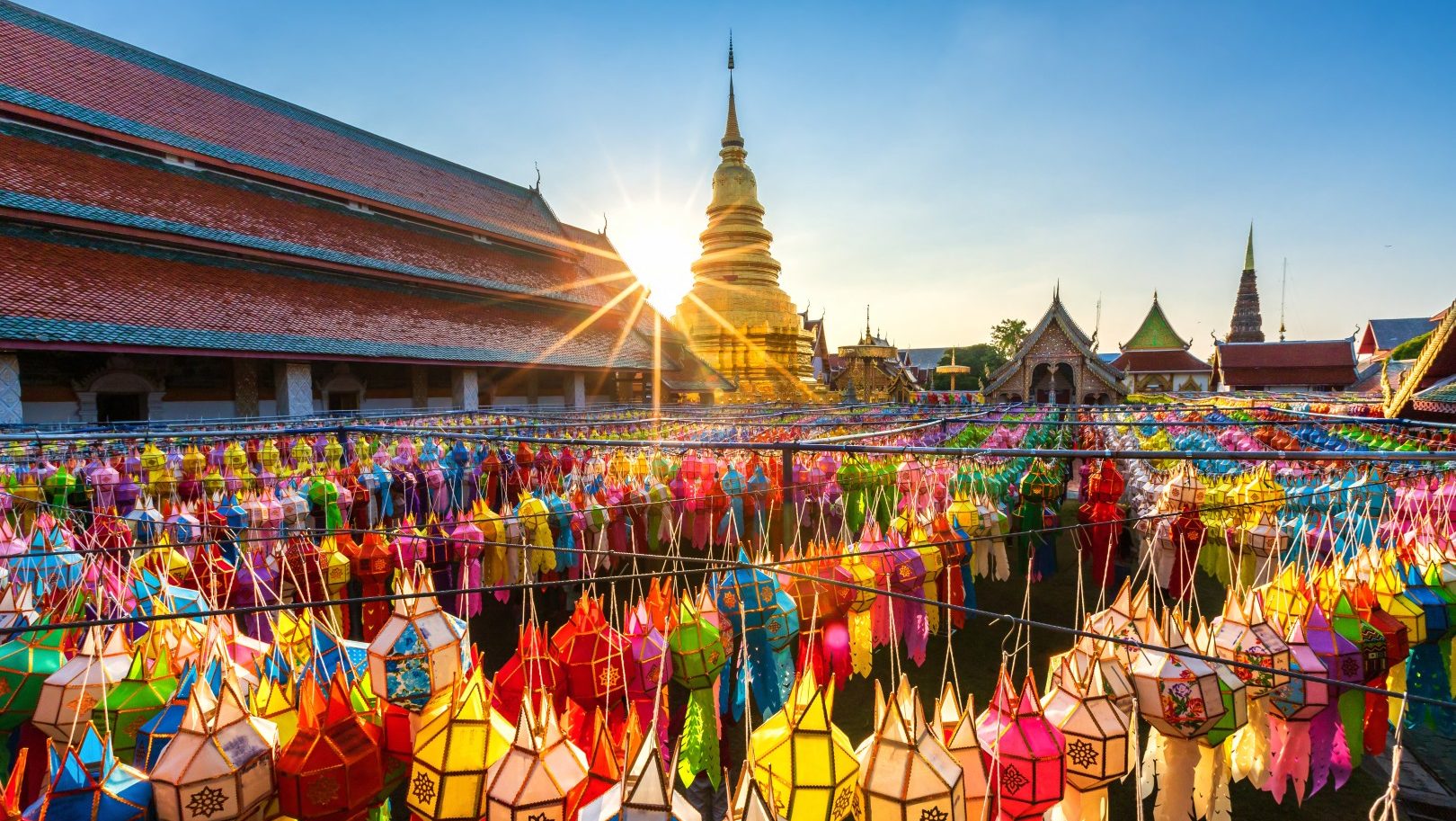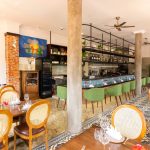A fresh look at Central Vietnam
I took the opportunity of our recent Board of Directors meeting in Vietnam to explore Central Vietnam, an area I had not been to for quite a few years.
Danang Airport has grown into a major gateway for the region, now offering numerous flights both domestically and from across Asia. There’s no longer a need to transit through Ho Chi Minh City or Hanoi when travelling from many Asian cities to Danang, and low-cost carriers have brought the competition to a new level, reducing airfares and increasing capacity.

This destination is alive with energy and as the third-largest city in Vietnam, it attracts a younger Asian crowd who favour its urban beaches, shopping venues, dining scene, bars and nightlife. It’s an ideal destination for a long weekend getaway for regional travellers.
The nearby ancient town of Hoi An, dating back to the 15th century and renowned for its unique atmosphere and charm, attracts most visitors to this region of Vietnam. This has become a fashionable place to spend afternoons and evenings in the lantern-lit streets, stylish cafés, night markets and diverse eateries.
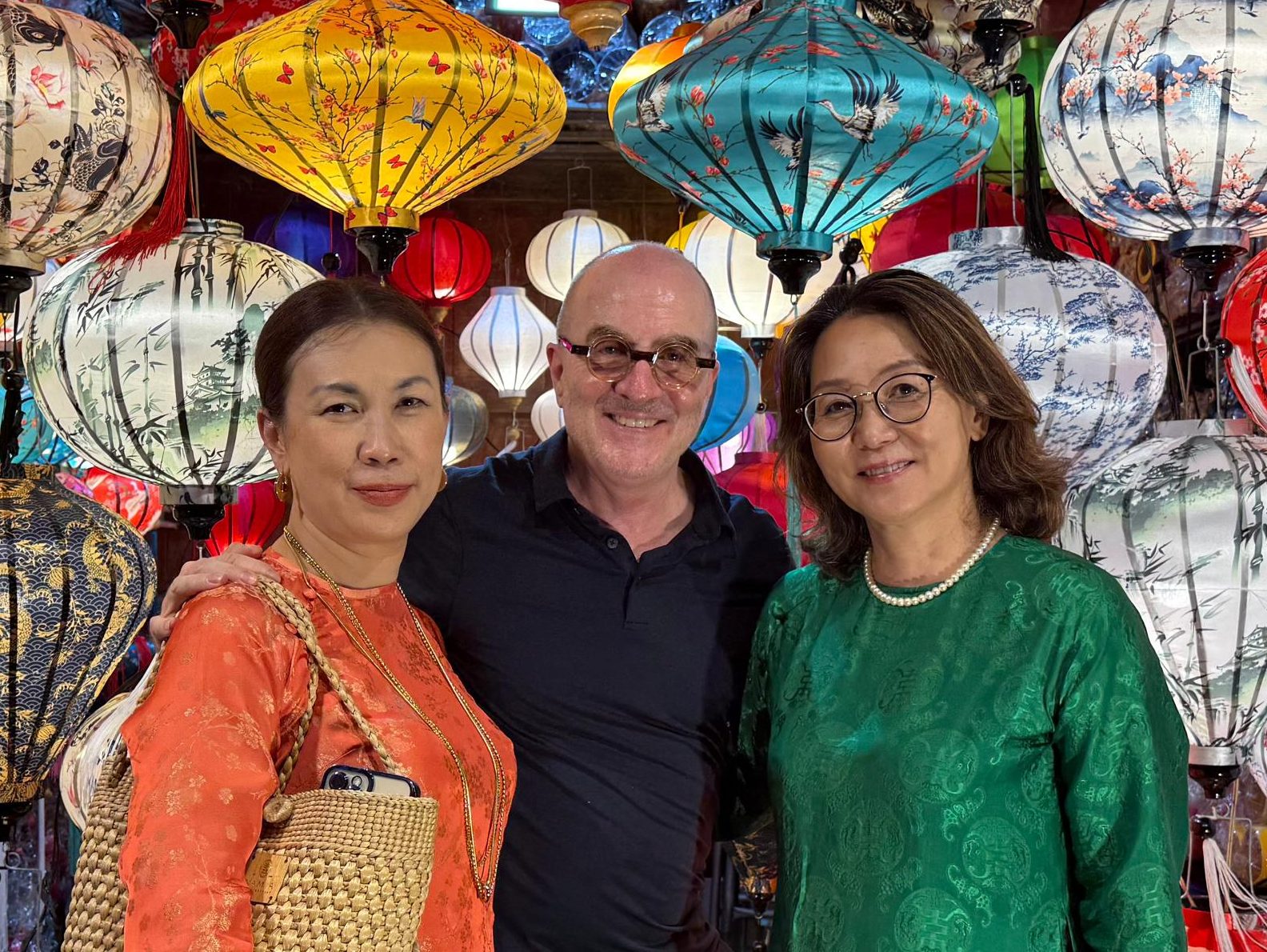
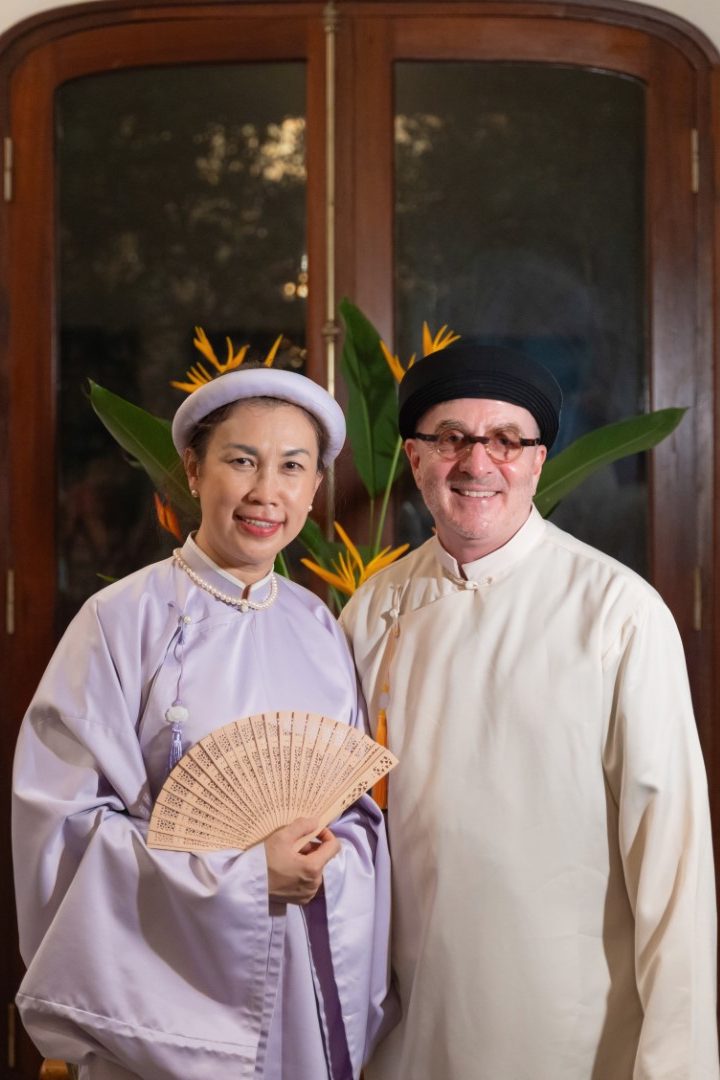
Evenings see lovers, local families and tourists lighting floating candles and placing them on the river from small boats or from the shore – with each flame carrying a wish for good fortune.
It cannot be denied that Hoi An’s popularity means that its narrow streets can become crowded, especially in the late afternoons and evenings. The term ‘overtourism’ is not misplaced here. The simple solution is to visit early.

The town centre is more peaceful in the morning. Even though the lantern-strewn nocturnal streets have given Hoi An its famous ambience, the start of the day is equally beautiful. This is a good time to rent a bicycle at your hotel and head to one of the cafés overlooking the river to enjoy a morning coffee.
The area around Hoi An offers a wealth of activities. History and culture enthusiasts shouldn’t miss the World Heritage Site of My Son to explore its ancient Cham architecture, dating back from the 4th to the 13th centuries.

One of many Asian Trails’ countryside excursions, on a Vespa scooter, Jeep or bicycle, will reveal what Vietnam is famous for: verdant rice fields, fertile fruit and vegetable plantations, idyllic riverscapes, venerable temples and picturesque villages. These off-the-beaten-path tours take visitors far away from the busy town centre and the tourist crowds.
Some of my readers might be familiar with the A O Show at the Opera House in Ho Chi Minh City. The same company of artists has created the Teh Dar show in Hoi An which is performed several evenings a week. This acrobatic display is centred on Central Highland culture, with bamboo used as a key prop. This offers a lively and artistic start to the evening, before strolling through the lantern-lit streets.


Central Vietnam is also famous for its beautiful beaches and to many of us ‘China Beach’ is still an omnipresent term. Beach stays in Central Vietnam, contrary to Southern Vietnam, are ideally visited from April to October.
Accommodation options are plentiful – ranging from quaint boutique hotels to expansive beachfront resorts and secluded hideaways. Sophisticated wellness retreats are prolific, offering everything from luxurious pool villas to rejuvenating day spa treatments. Many come to be pampered or to participate in detox and yoga therapies. Thailand and Bali now face some serious new competition!

To capture that iconic Instagram moment, visit Ba Na Hills and its renowned Golden Bridge. Just be aware, the queues for the cable car can be long and you may need a full day for the visit. On top, a French-inspired village awaits, complete with street performances, shops and cozy Gallic cafés.
In contrast to Hoi An, Hue offers a more serene and contemplative experience, be it day or night. The former imperial capital is loved for its understated elegance, with tree-lined streets, pleasant coffee shops, the peaceful Perfume River promenade and of course its UNESCO-listed Royal Palace complex. A morning visit to the Citadel and the Royal Palace is ideal to avoid the daytime heat during the summer months.
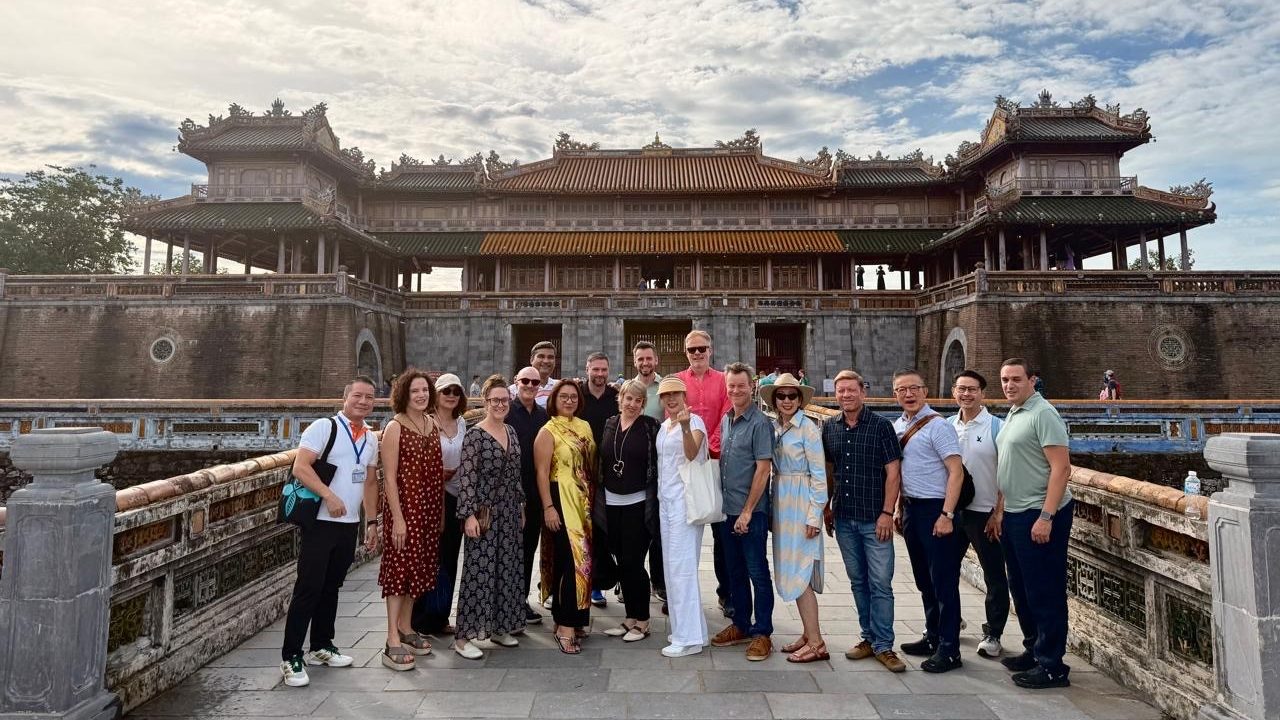
To enjoy a slow travel experience, consider travelling from Danang to Hue by train. The three-hour journey delivers ever-changing coastal and green-hilled vistas. Some trains even feature an entertainment coach where local performers serenade passengers with romantic Vietnamese songs.
Personally, I find the hilly countryside around Hue especially captivating. While many visitors spend just an hour or two exploring a royal tomb, one could easily spend an entire day discovering hidden Buddhist temples, authentic markets and wonderful natural landscapes by bicycle or motorbike.
Asian Trails offers immersive excursions with a focus on sustainability. Guests can learn about medicinal plants, herbal remedies and traditional soap- and candle-making and enjoy a home-cooked lunch at a local farm or village house – experiences that add depth and authenticity to any trip.
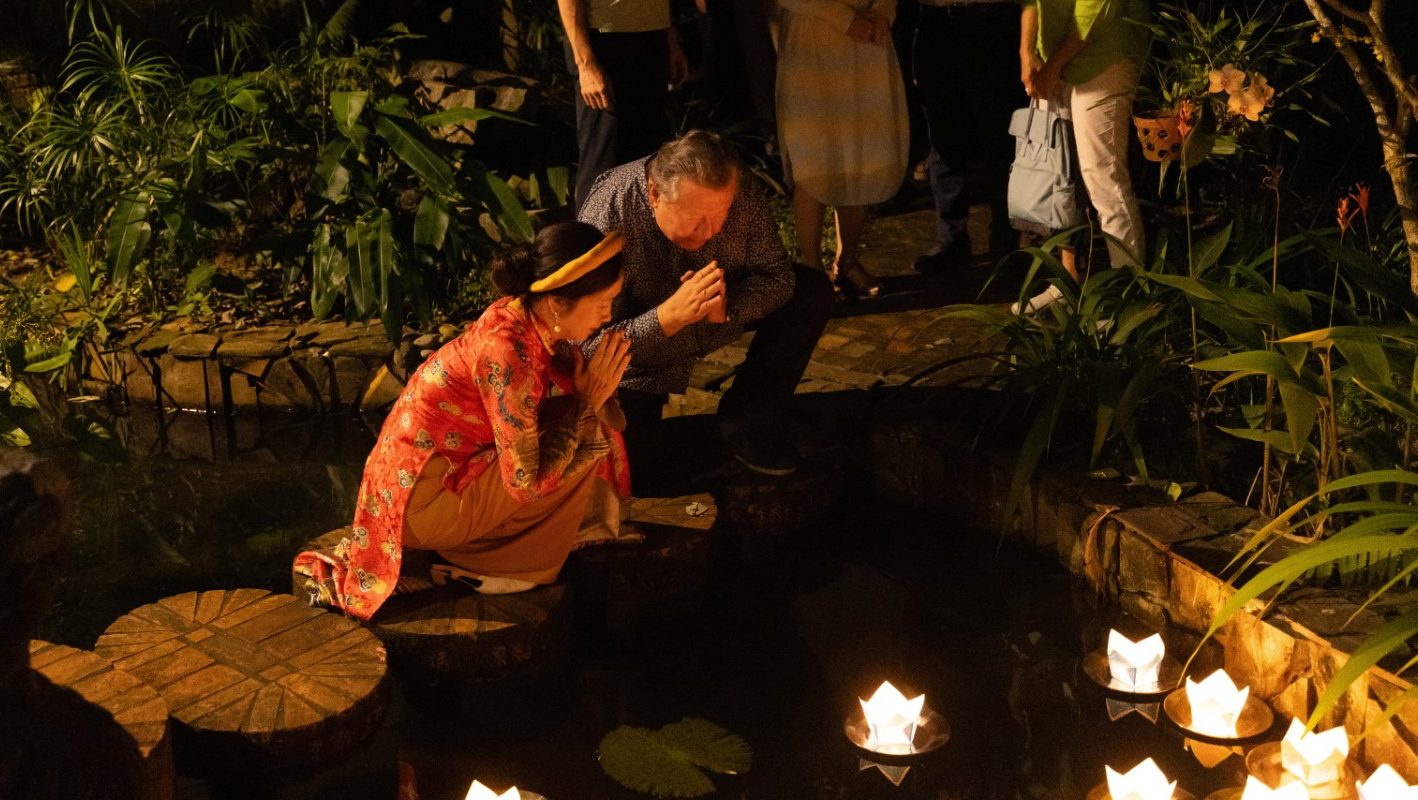
While Hue doesn’t yet have the extensive hotel choice of Hoi An and the surrounding region, it does have some lovely properties, including hotels in historical buildings and chic boutique options. Excellent restaurants and colonial-style cafés enhance the city’s understated appeal.
Asian Trails’ Vietnam team is ready to expertly help you create the perfect Central Vietnam experience for your clients – one that captures the cultural richness, natural beauty and vibrant spirit of this amazing region.
Stay up to date
Get more B2B travel news direct to your inbox.



